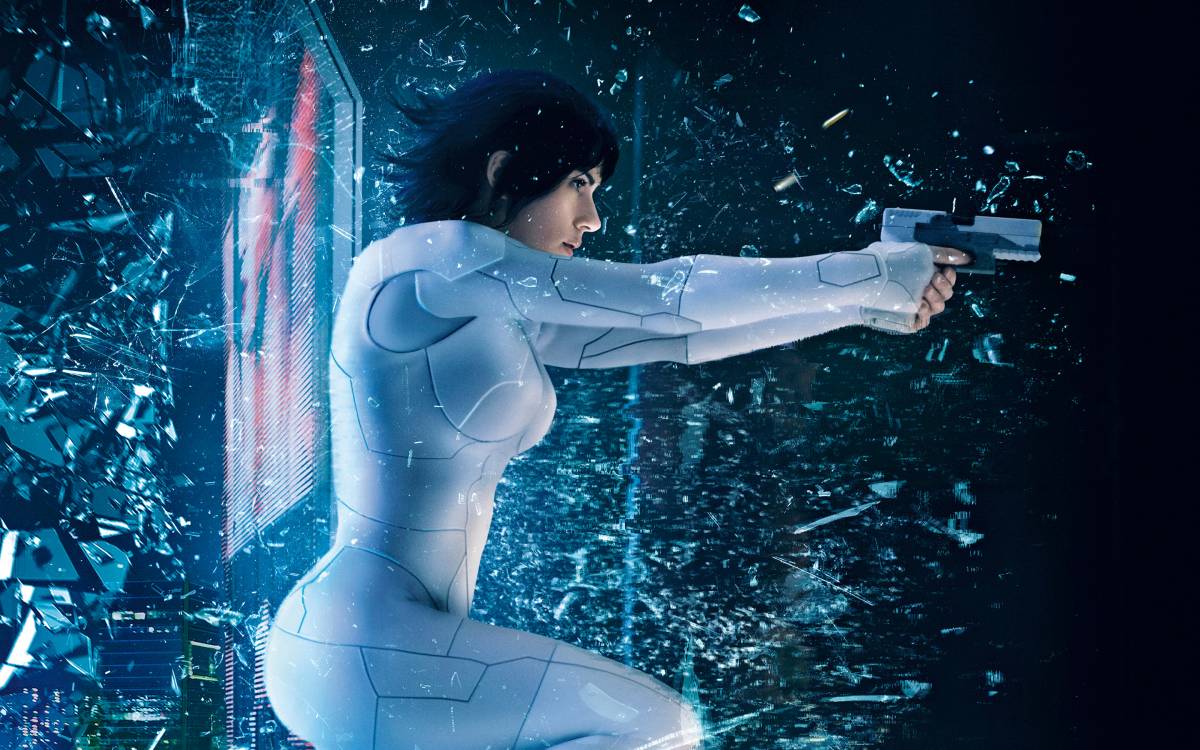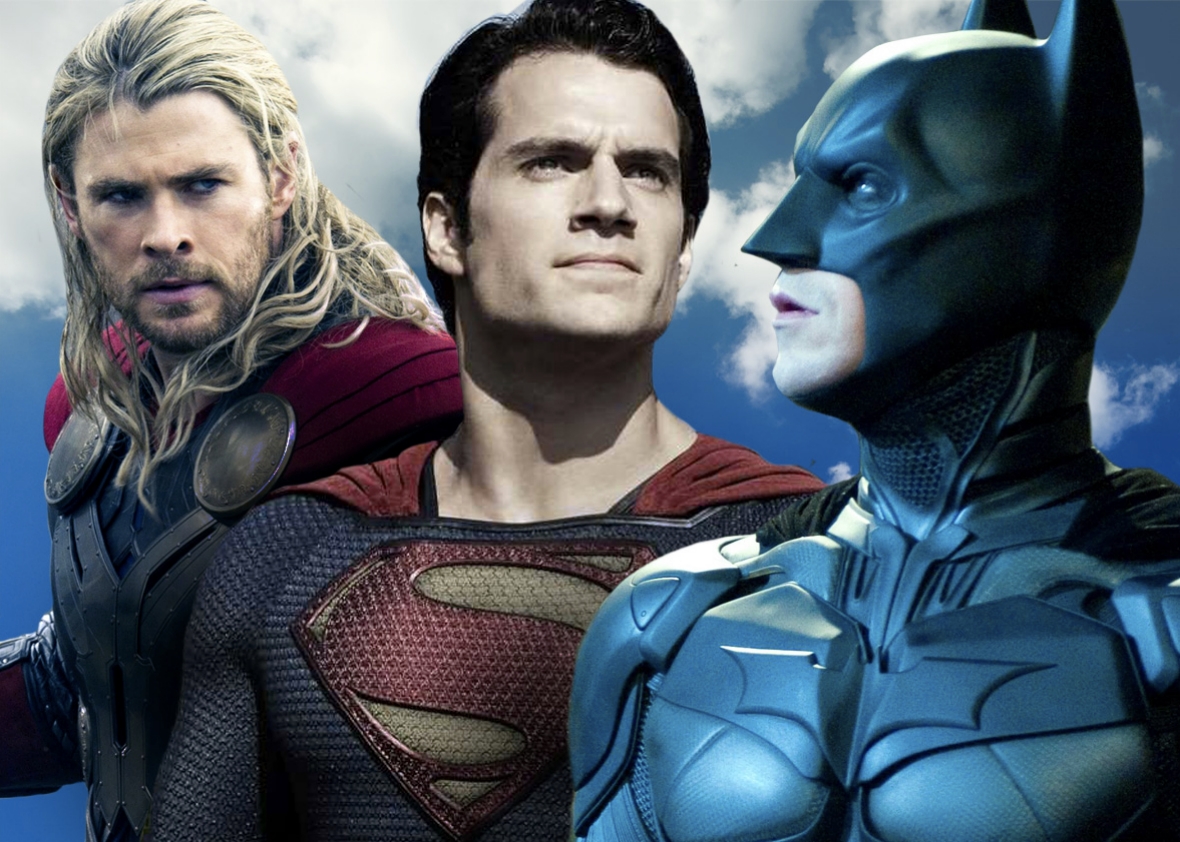I don’t usually like superhero movies. Call me a commie, but a lot of times I just can’t shake this feeling that superheroes are overdone. Too often these movies are derivative, formulaic and full of air; you only need take a gander at the exhaustive list of Spider-Man movies we’ve seen released just in the past of 10-15 years. I’m not the only one who thinks this: Rolling Stone put out a listicle in 2016 poking fun at the glut of spandex and tights now found at the box-office. Superhero-movie fatigue”, they call it.
It’s not just superhero movies that could be criticized as boring and samey. During my last trip to the movies, the trailers proudly pushed yawn-worthy reboots of Murder on the Orient Express, It and The Mummy. Likewise, we’re getting sequels to Blade Runner, Cars, Spiderman, Transformers, etc. Just a few months ago, a remake of the 1995 anime film Ghost in the Shell was received with almost universal disdain.
It’s easy to feel inundated in crappy remakes. As Trey Williams at Market Watch points out, only three of the top fifteen box offices hits of the eighties have yet to be subject to a round of remakes or sequels. Williams cites Paul Dergarabedian, a media analyst who is certain that such adaptations exist to capitalize on the existing success of pre-established franchises. No doubt, there’s a lot of truth in that. Films are expensive and those who fund them are inclined want a return on their investment. It’s easy to understand remakes and sequels are “safe bets.”

But I sense there is something else going on here. There’s a reason why these types of adaptations are “safe bets.” There must be something about these films that speaks to us, as an audience. After all, we collectively fund the continued existence of these remakes. Just the same, remakes are by no means just a contemporary phenomenon. For example, it’s well known that Scarface (1983) was a remake of the 1932 film of the same name. Likewise, the Russian sci-fi masterpiece Solaris (1972) was a remake (it was also remade a third time in 2002). Not to mention that there’ve been more than 200 film or television adaptations of A Christmas Carol.
There have, of course, been good remakes. John Carpenter’s The Thing (1982) is a prime example. This essay has a bit more to do with other topics besides “what makes a good remake” but the following discussion does, I think, yield some insights to that effect.
I’m much more interested in exploring what remakes and adaptation does to the text of a story as a whole. Many cultures use oral traditions to pass stories from one generation to the next. Film adaptation works much the same way. Through adaptation, story passes from author to author to author. Details become ambiguous and relative. The foundations of the work hopefully remain while the particulars of a story shift beneath the sands of contemporary taste and common sense. In one way, the original author becomes divorced from their work.
Yet, as much as the author is removed from their work via the remake, the remake immortalizes them. Via adaptation, a filmmaker and his/her creation is kept visible throughout time- although their input on their creation becomes greatly (and sometimes catastrophically) diminished. Simultaneously, remakes become fertile ground for what one might call the auteurship. That is to say, it becomes an opportunity for a filmmaker to express their particular visual style and story telling method. For better or for worse, you can see this in Steven Moffat’s Sherlock or his work on Doctor Who. You can also see it in Tim Burton’s Charlie and the Chocolate Factory and his adaptation of Sweeney Todd. Steven Moffat and Tim Burton both use the pre-established identity of these franchises as a means of expressing their own style.
Remakes, therefore, explore the limits of the “text” of a story. To me, a good remake successfully navigates and separates the essence of a work from the ambiguous detail. This applies to the macrocosm of the work overall but also to the microcosm of the individual performances of actors in specific roles. Remakes, by their very nature, push the limits of a story in their retelling – if only because a story can’t be told the same way twice by two different people.
Often, when you watch remakes, there is this jarring feeling when something goes wrong – perhaps the mood of the film is off, perhaps a certain character is completely misunderstood. This feeling ultimately occurs when a remake strays from the ambiguous, ever-changing details into the sensitive essential underbelly of a work. This seemingly eternal impulse to adjust the detail and preserve the essence of a title, character or idea creates, generally speaking, a collaborative body of work with distinct iterations. These iterations all take up different colors but retain (to the best of their ability) their original shape.
The effects I’ve described so far remind me deeply of the print work of Andy Warhol. Take, for example, Warhol’s Green Coke Bottles and Green Car Crash. In both cases, an image is repeated over and over.

In the print below, Warhol has allowed for slight variations in the depth of color. The result is an image whose colors and depth might vary, but whose shape remains, on an individual level, almost exactly the same.

As I’ve said, this variation allows us to interrogate the limits of the “shape”, so to speak. It allows creators and consumers to test the limits of a well worn story. This process, repeated ad nauseam in fiction -film or otherwise- leads to archetypes and tropes. These archetypes and tropes are used by authors and filmmakers as a way to play with audience expectations. For the audience, there is something fundamentally compelling about these facets of the story. Stories, characters and settings that are repeated, remade and re-imagined take up a sort of cultural habit. The more the habit is reinforced, the more ingrained it becomes in our culture. It’s no coincidence that superheroes -by far the most common fodder for remakes- have inspired many to question if they are a form of “modern mythology.”
Remakes, adaptations and superhero movies are a crucial and continuing part of international culture for the same reason oral traditions have been. Such things allow us to participate in steering the direction of our culture’s narrative habits. At a grassroots level, I feel as though this is reflected in the popularity of cosplay and fan-fiction in contemporary nerd culture.
I think you can see the struggle over our “modern mythology” manifesting over the recent controversy regarding a decision by the prestigious Public Theater in New York to cast a blonde guy with a comb-over as Caesar. The casting of the actor, who bears only the slightest resemblance to the President of the United States, has triggered a massive outcry by the American right-wing. Part of the controversy, I think, originates in a struggle over where we’re going to steer these narrative behemoths set forth by William Shakespeare, however briefly they might be coaxed. The casting has led to a debate over what the ‘assassination’ of a Trump look alike would ‘mean’ in a Shakespeare play.
New York Times journalists Michael Paulson and Sopan Deb interviewed the artistic director of the Oregon Shakespeare Festival who argues:
“It’s an odd reading to say that it incites violence, because the meat of the tragedy of the play is the tragic repercussions of the assassination.”
Whatever your ‘read’ of the Public Theatre’s production of Shakespeare, the whole affair is nonetheless demonstrative. Tropes, archetypes and “classics” are eternally in contention by different groups of people. Remakes, re-imaginings and adaptations are the natural proving grounds for such contentions.
Anyway, that was a bit of a whirlwind. From superheroes to Andy Warhol and back again. With all of that in mind, I can really only draw one conclusion – remakes, adaptations and sequels are way more important than I thought they were. Consumers and creators alike have a massive shared responsibility in that they distill characters, settings and concepts into what they most essentially are, while at the same time pushing the limits of what all those things could be. That distillation can, and has, resulted in what can really only be described as miniature culture wars. As far as I can tell, that will continue to be the case.
Some of the coverage you find on Cultured Vultures contains affiliate links, which provide us with small commissions based on purchases made from visiting our site.

